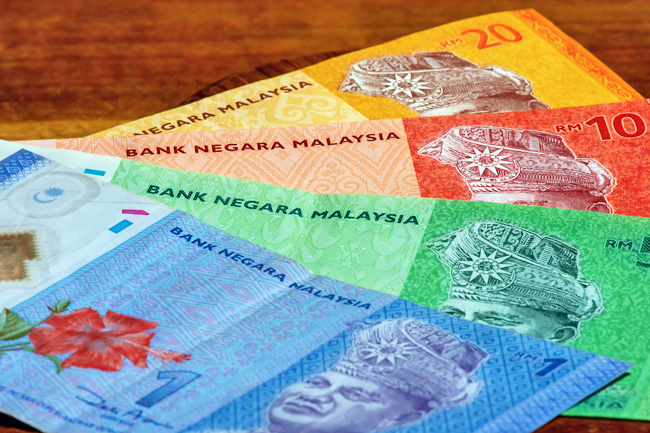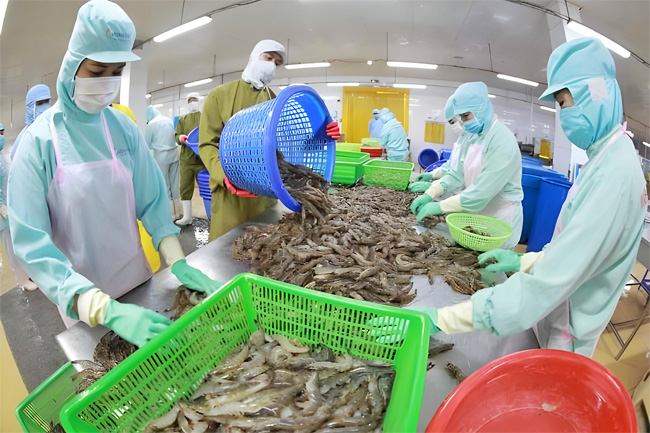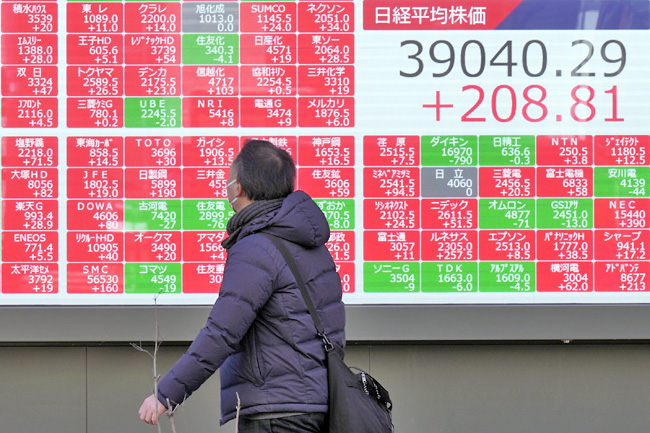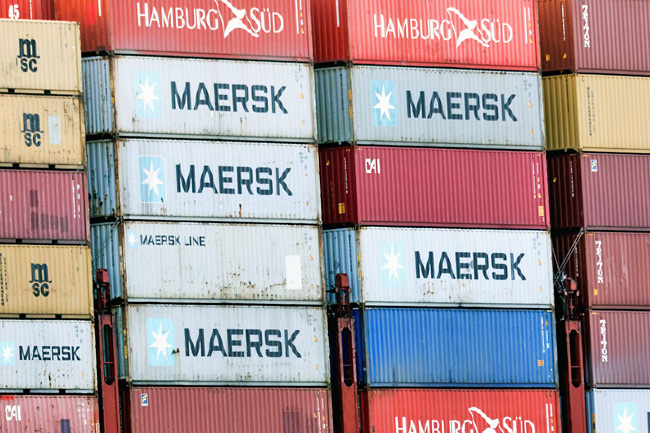BERNAMA – The Malaysian ringgit opened stronger against the United States (US) dollar after the US reported weaker economic data, suggesting that the case for rate cuts by the US Federal Reserve (Fed) and the prospects for a reduction in the Fed Fund Rate remain intact, an analyst said.
At 8am, the ringgit strengthened to 4.4150/4300 against the greenback compared to Wednesday’s close of 4.4200/4260.
“The ringgit could test MYR4.40 level today in light of improved market conditions,” Bank Muamalat Malaysia Bhd Chief Economist Dr Mohd Afzanizam Abdul Rashid told BERNAMA yesterday.
He noted that the US Dollar Index (DXY) slipped 0.31 per cent to 107.62 points as business sentiment in the service sector softened last month.
“At the same time, the two- and 10-year US Treasury yields fell by 3.0 and 9.0 basis points to 4.19 per cent and 4.42 per cent, respectively, suggesting that prospects for a reduction in the Fed Fund Rate remain intact,” he said.

He added that the Institute for Supply Management (ISM) Index for the non-manufacturing sector stood at 52.8 points in January, which is lower than consensus estimates of 54.2 points, bolstering the case for rate cuts by the Fed during this year.
“The sub-index such as Prices and New Orders also suggests lower inflation prospects along with moderation in economic activities,” he said.
He also noted that the one-month delay in tariff hikes for Canada and Mexico also helped temper fears of an abrupt price increase.
Meanwhile, the ringgit was traded mostly higher against other major currencies.
It appreciated against the euro to 4.5912/6068 from 4.5990/6053 at Wednesday’s close and rose vis-a-vis the British pound to 5.5196/5384 from 5.5321/5396 yesterday, but eased against the Japanese yen to 2.8941/9042 from 2.8930/8972 previously.
The Malaysian note was also higher versus ASEAN currencies.
It inched up against the Singapore dollar to 3.2738/2854 from 3.2746/2792 at yesterday’s close and advanced against the Thai baht to 13.1461/2038 from 13.1602/1844 previously.
The ringgit strengthened against the Indonesian rupiah to 270.9/272.0 from 271.2/271.8 at Wednesday’s close and ticked up against the Philippines’ peso to 7.60/7.64 from 7.61/7.63 previously.












